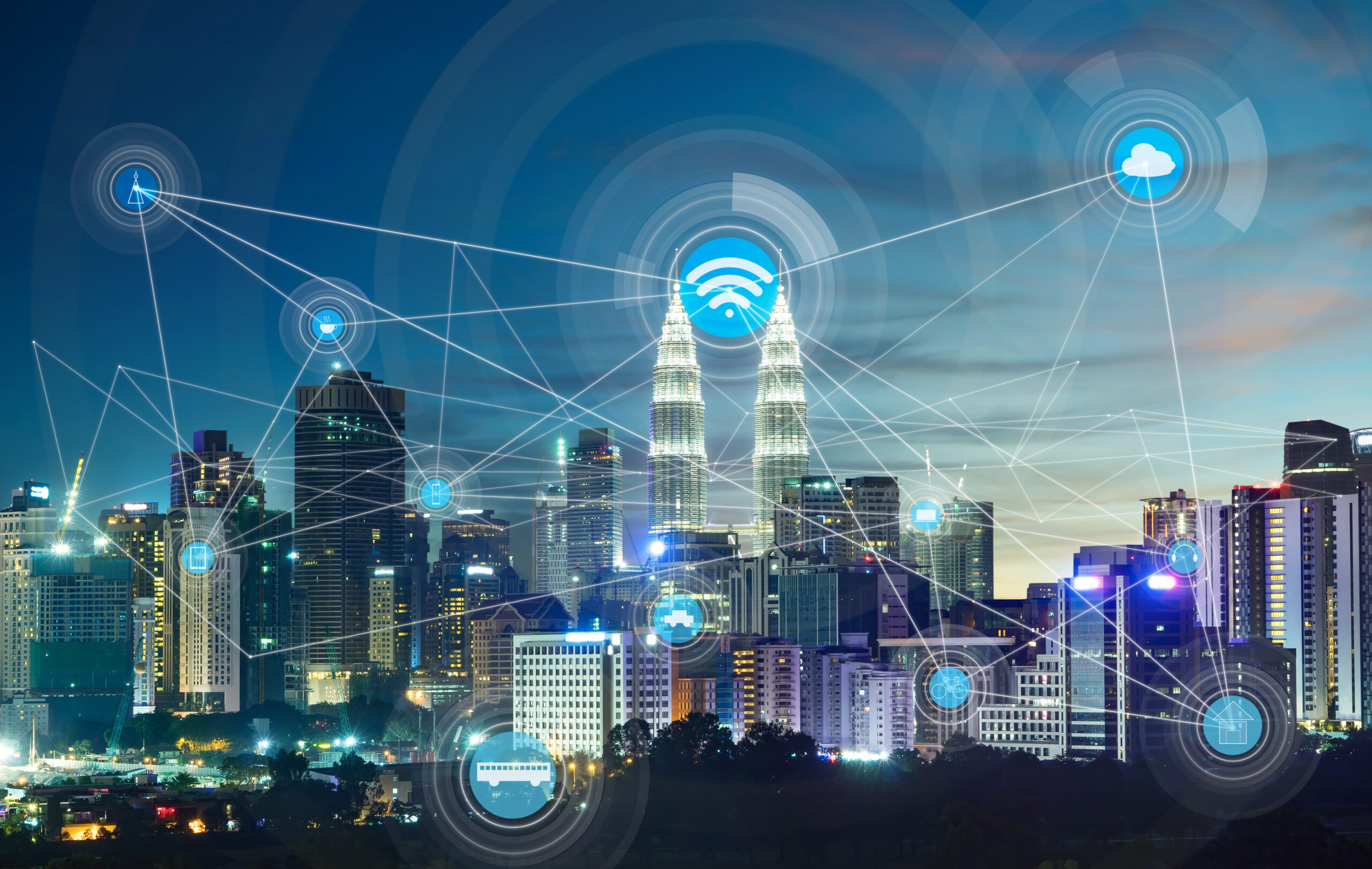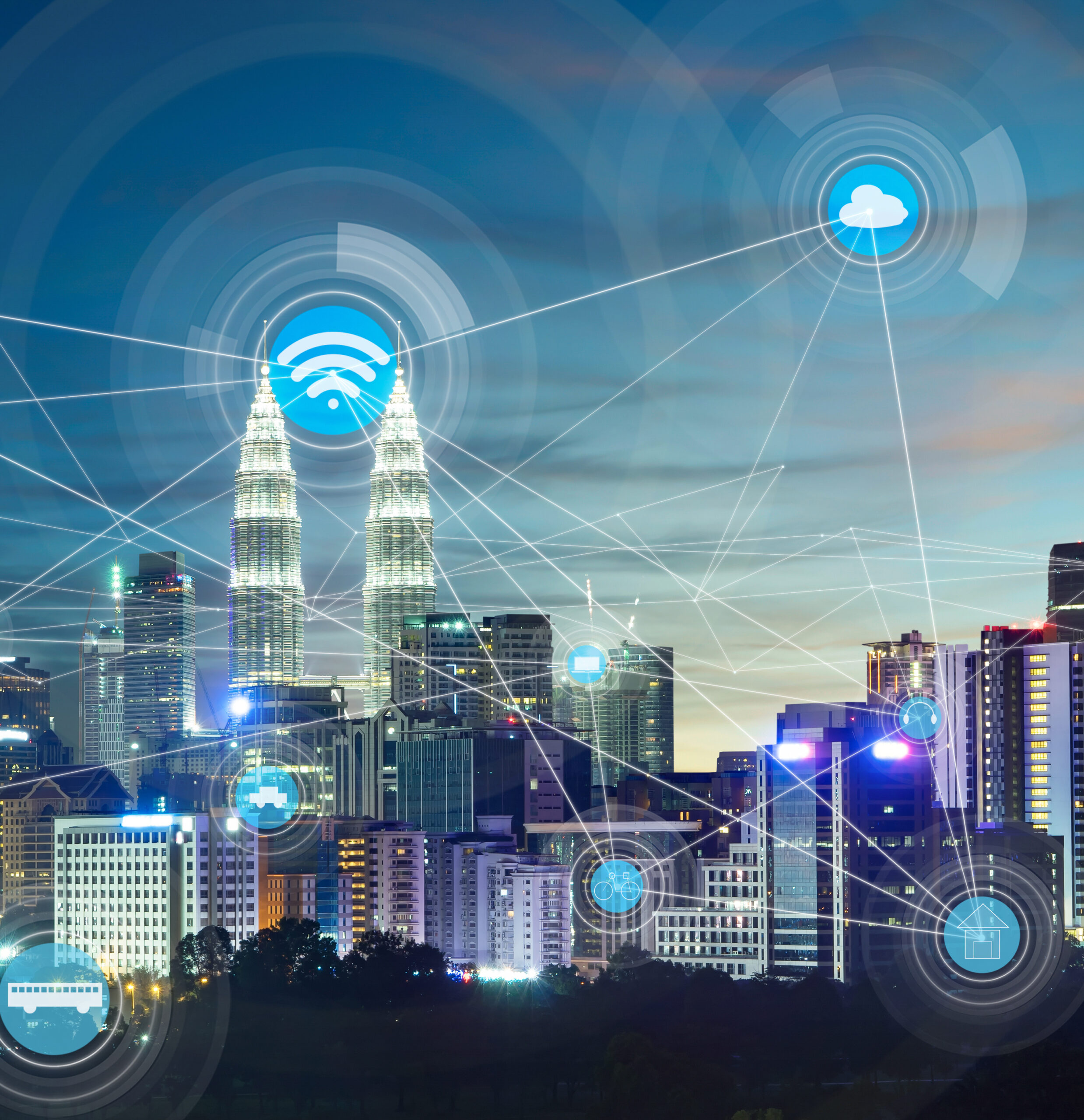
One of the earliest known instances of IoT being used for remote monitoring took place at Carnegie Mellon University in 1982. A Coke® vending machine was connected to ARPANET, a forerunner of the Internet, to keep track of how cold the sodas were and whether the machine was full. This notion of collecting data from an end point and sending it to a network to monitor a device is as valid a use case now as it was then. In fact, it’s at the heart of an initiative we work on with the Gates Ventures—monitoring fixed and mobile refrigeration units in remote locations to ensure the vaccines stored in them remain safe to use.
Today, however, IoT is much more than this.
IoT has grown into a massive industry that spans virtually every vertical. In fact, McKinsey estimates that by 2030, the economic potential of IoT could rise as high as $12.5 trillion globally. It plays a critical role in industries as broad ranging as energy management, healthcare, agriculture, and retail. But IoT is only one piece of a much larger data strategy. It’s no longer just about monitoring endpoints and measuring activities. It’s about gaining insight, solving business problems, and driving better outcomes.
Why a Data Strategy Matters
To move from monitoring endpoints to driving outcomes, you must establish a solid, overarching data strategy around all your relevant data sources, including IoT devices. You will need to explore how to combine data from disparate sources, determine where to store it, for instance in a data lake, decide how best to structure it to make it queryable, and address how to visualize it. You will also need to put appropriate data governance and security policies in place.
These decisions will serve as the bedrock on which your ability to use and manage your data in the future will be built. To ensure that it is a strategy that supports long-term business agility, you would be well served by collaborating with an external partner with deep domain expertise in structuring and visualizing data who can help you explore challenges your organization is likely to encounter in the future and how will need to access and use its data to address them.
Developing a data strategy and structuring your data, is not a one-and-done project. It is a journey—you will need to put processes in place to manage your assets over time. Where you are on that journey, essentially your level of data maturity, determines your point of departure. For instance, organizations taking early steps may need a business intelligence solution like PowerBI, while others that are farther along may be ready for a data lake or solution like Snowflake that leverages a type of SQL database better suited to support AI applications.
The Impact of AI on IoT
Looking down the innovation curve, AI in general, and generative AI (GenAI) in particular, will have a significant impact on the IoT ecosystem. AI will enable edge computing, which means data can be stored and used much closer to the actual IoT device, whether it is a component of a smart grid or a robot, so it can autonomously respond in real time to changing environmental conditions. Further, by layering AI and GenAI applications on top of your structured data, you will be able to use natural language to query it to find insights that humans would not ordinarily be able to see.
Increasingly today, and well into the future, IoT, Data, and AI will serve as three-legged stool that organizations can build on to gain deep insight into their business, make data-informed decisions, and ultimately drive better outcomes.
And virtually every industry can benefit from it.
What’s the Next Step on Your IoT, Data, and AI Journey?
At Kopius, we harness the power of people, data and emerging technologies to build innovative solutions that help our customers navigate continual change and solve formidable challenges. To accelerate our customers’ success, we’ve designed a JumpStart program to prioritize digital transformation together.
